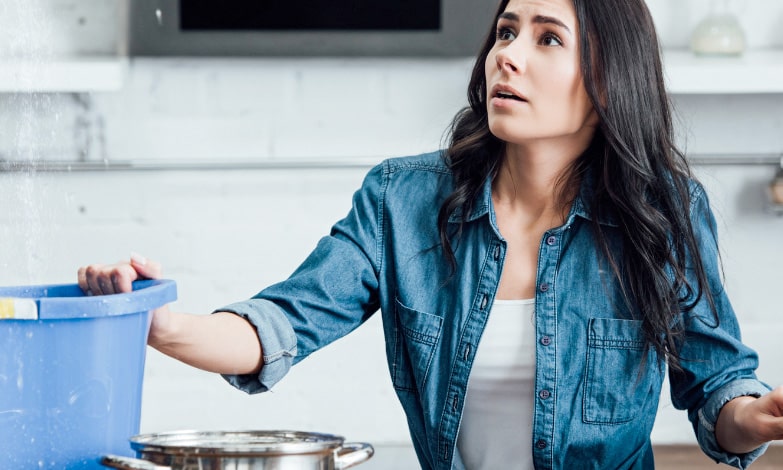When a bathroom or kitchen pipe bursts or seeps, it’s important to take proper steps immediately to avoid further damage. Water damage can lead to the growth of mold and mildew, which can, in turn, lead to health risks. Fortunately, if you follow the steps below, you should quickly restore your home in West Palm Beach Florida, to a livable condition. Here are the necessary steps to take following water damage.
1. Protect Yourself, Valuables, and Appliances
Turn off the water supply at the meter or nearest faucet. Immediately move any valuables out of the room, such as money and jewelry, if the water has entered an electrical outlet box or washer/dryer compartment. Treat items that may be wet with a dehumidifier, if available, to remove excess moisture. Unplug all appliances from the wall before entering. Disconnect the main water supply if the source of the water damage is in a vacant room, such as the garage or basement. If the source of the water damage is in a basement, you should open a window to allow fresh air to enter. Turn off all electrical switches and appliances that are not being used.
2. Contact the Insurance Company
If there is more than $200 in damage, you will likely need to file a claim with your insurance company. With proper documentation, you can expedite the claims process. Take photos of the damage in each room and make a list of any items that you ruined. If possible, take before and after measurements of the water damage to help assess how much repair work is needed.
3. Use a Moisture Meter to See Where the Water Has Entered
Moisture meters are very useful in finding hidden water damage. The moisture meter will help you identify whether water has traveled under your walls or through kitchen and bathroom cabinets. The moisture meter can detect whether standing water is hidden underneath the surface of carpets and floors, which may not be detectable by sight alone.
4. Dry Things Out Quickly
The most immediate remedy is to dry all of the wet items. Wipe, sponge, and squeeze the water out of pajamas and bedding. Wet clothes should be placed in plastic bags for transportation to the laundromat or someplace where they can be safely laundered. Cleaners can remove fabric odors with basic products like vinegar and baking soda.
5. Dehumidify When Necessary
The next step is to remove the excess moisture from your home. If you do not have a dehumidifier, you can use a fan to blow air across the wet area. The fan will help evaporate any remaining moisture in the room, while the dehumidifier will extract the moisture from the air and deposit it into a drain or bucket.
6. Clean and Restore Your Home
The final step is to wipe down all surfaces with a disinfectant. Use a mop and water for hardwood floors or paper towels for carpeting. You can use rags or paper towels if you do not have a mop and bucket. As you dry the room’s surfaces, use environmentally friendly cleaning products that are safe for kids and pets. Also, check the odors of your cleaning products before using them since some cleaners contain toxic chemicals that can leave harmful residue. If there is mold, consult a professional for guidance on reigning it in. Once the clean-up is complete, you should restore your home to normal condition.
Contact the Professionals
At Clean Air Experts, we understand that this process can be stressful. For these reasons, we offer a 100% satisfaction guarantee on all our services. Our services include water damage repairs, restoration, mold removal, mold remediation & testing, and odor removal. We utilize the latest equipment and techniques to ensure that your home is properly restored in a timely fashion. We won’t stop at just removing the water, either; we’ll help you return to normalcy. Contact us today for more information about water damage remediation services or to schedule an appointment.
